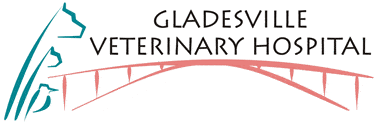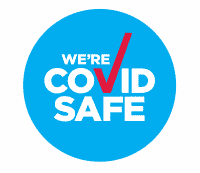Sedation
Some animals who come into hospital require restraint for the procedure that they are undergoing. In cases where we require complete unconsciousness, such as dentistry or surgery, general anaesthesia is necessary.
In other situations, for example some wriggly animals for x-ray or for nail clips, or anxious and fearful animals for any procedure, we do not need to give them a full general anaesthetic: instead, we sedate them.
Sedation is a state where the animal is not entirely unconscious, but its awareness of its surroundings is severely altered and has less control of its muscles.
People who undergo the types of sedation we use do not remember having undergone the procedure afterwards, and this appears to be the same in animals.
It is important that the animal is fasted before undergoing sedation, just as it would be for a general anaesthetic. The reason is that it may lose control of the muscles in control of swallowing: if there is any regurgitation of food from the stomach it may be inhaled into the lungs and the animal may develop a life-threatening pneumonia.
There are different “levels” of sedation. Some animals only need to be minimally restrained, and we give them drugs to induce light sedation: they may still be able to move their heads or wag their tails when we call their name.
Others require more restraint, and they are heavily sedated, a state which is approaching general anesthesia in the level of immobility and altered awareness that the animal experiences.
There are different drugs and combinations of drugs which we can use for sedation. The drug or drugs used, and their dosage, are chosen by the vet and will vary for each case, depending on the age and health status of the animal, how much restrain is needed, and the procedure which needs to be performed.
Some of the sedatives we use are “reversible,” which means that at the end of the procedure the animal is given another injection which makes them wake up quickly. Sometimes the drug is just allowed to “wear off.”
Sedation is a major medical undertaking and not something to be treated lightly: we do not use sedation except in circumstances in which we are unable to perform the necessary procedure with the animal fully awake. While an animal is under sedation it needs to be monitored by the vets and nurses to ensure their safety.
For this reason, it is important that the animal is kept in hospital until it is fully ‘awake,’ so that the veterinary staff can monitor it and ensure there is no problem developing.






